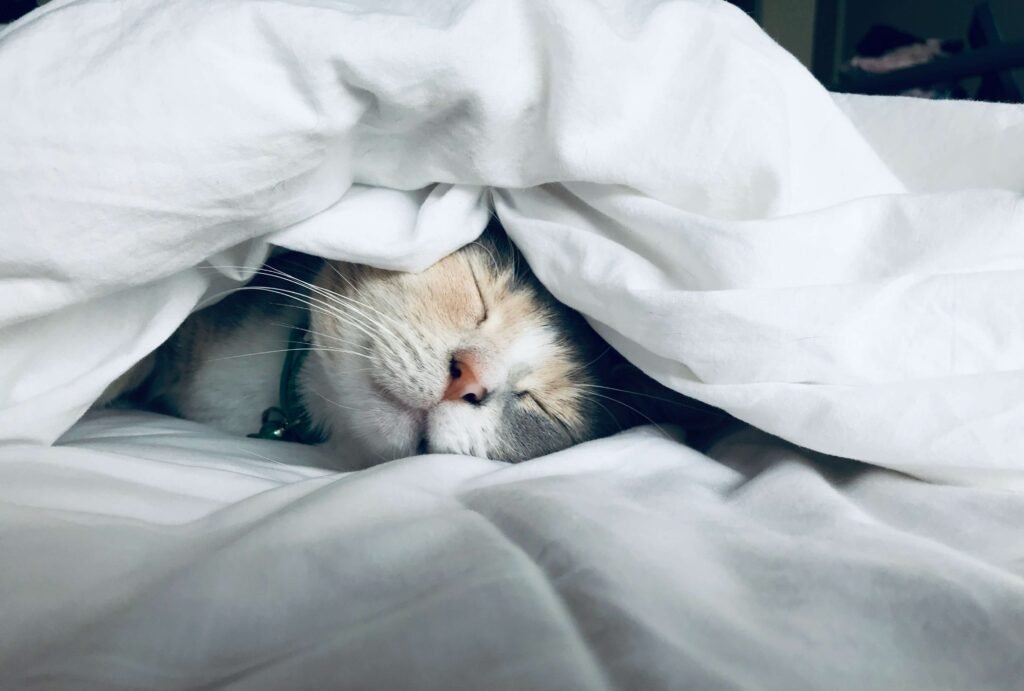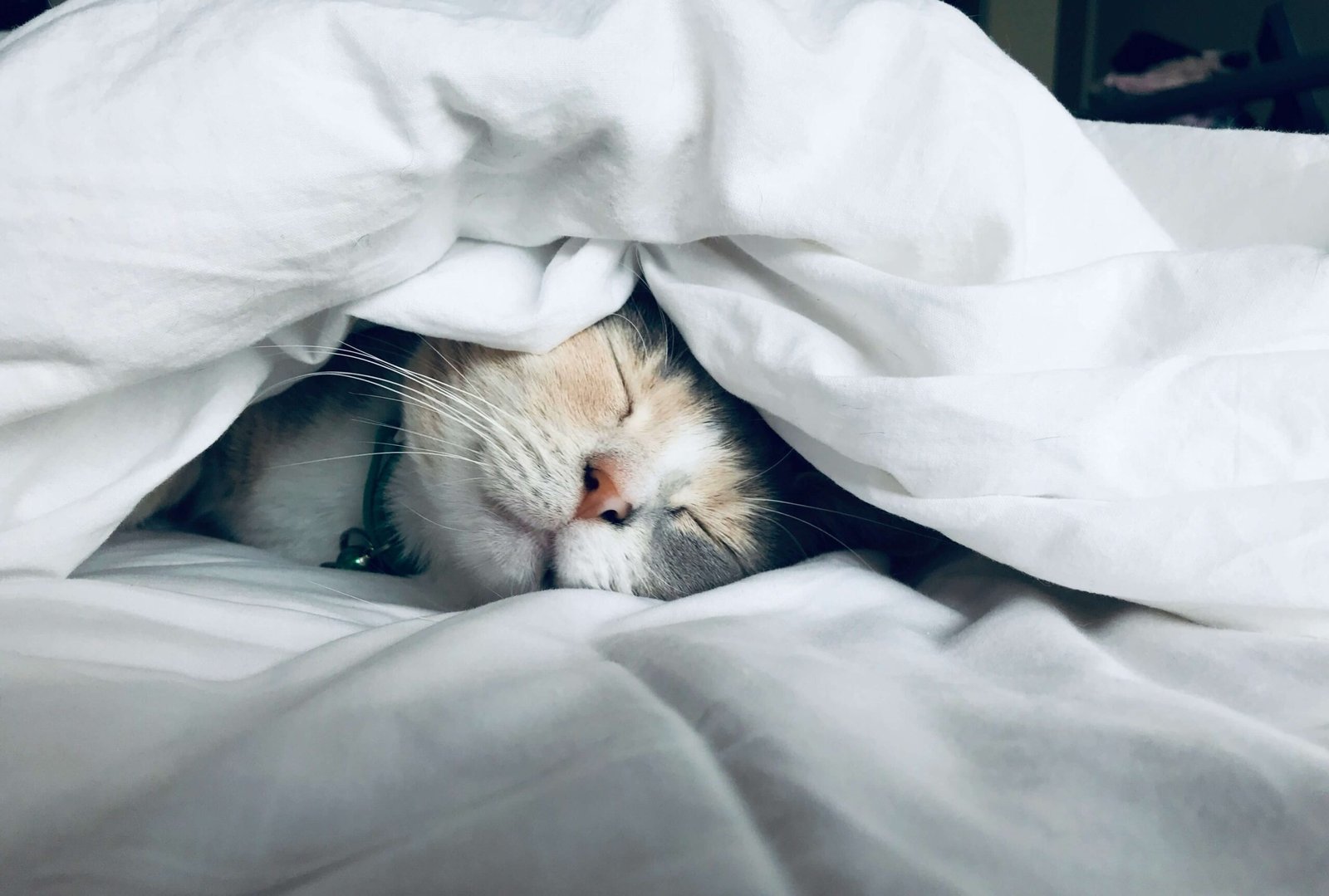Understanding Haws Syndrome in Cats: A Comprehensive Guide
Cats are mysterious creatures, often hiding their discomfort until it becomes impossible to ignore. One such condition that can leave cat owners puzzled is Haws Syndrome. This rare but intriguing ailment primarily affects a cat’s eyes, causing visible changes that may alarm even the most seasoned pet parent. But what exactly is Haws Syndrome, and how can you identify and manage it? In this blog post, we’ll unravel the mysteries surrounding this condition, offering practical insights and guidance to ensure your feline friend stays healthy and happy.
What Causes Haws Syndrome in Cats?
Haws Syndrome, also known as prolapsed nictitating membrane or “cherry eye,” occurs when the third eyelid of a cat protrudes abnormally. While the exact cause remains somewhat elusive, veterinarians have identified several potential triggers:
- Parasitic Infections : Internal parasites like worms can disrupt a cat’s immune system, leading to inflammation.
- Nutritional Deficiencies : Poor diet or lack of essential nutrients may weaken a cat’s overall health.
- Environmental Stressors : Sudden changes in routine or surroundings can impact a cat’s well-being.
- Underlying Health Conditions : Diseases like feline leukemia or diabetes may contribute to the development of Haws Syndrome.
- Genetic Predisposition : Certain breeds may be more prone to this condition due to inherited traits.
While these factors provide some insight into the origins of Haws Syndrome, it’s essential to consult a veterinarian for an accurate diagnosis and tailored treatment plan. Understanding the root cause is the first step toward helping your cat recover.
Recognizing the Symptoms of Haws Syndrome
Early detection is key to managing Haws Syndrome effectively. Here’s what to look out for if you suspect your cat might be affected:
- Visible Third Eyelid : The most obvious symptom is the protrusion of the third eyelid, which appears as a pink or red membrane covering part of the eye.
- Excessive Tearing : Watery eyes or increased tear production can indicate irritation.
- Squinting or Blinking : Your cat may squint frequently or seem reluctant to open its eyes fully.
- Redness or Swelling : Inflammation around the eye area is a common sign of discomfort.
- Behavioral Changes : Cats with Haws Syndrome might become lethargic or exhibit signs of distress.
If you notice any of these symptoms, it’s crucial to seek veterinary care promptly. Addressing the issue early can prevent complications and ensure your cat’s swift recovery.
Check this guide 👉 The Marvel of Cat Skeleton Anatomy: Best 7 Expert Tips!
Check this guide 👉 How Many Paws Does a Cat Have? Best 7 Expert Tips!

Haws Syndrome | Other Eye Conditions |
|---|---|
Caused by third eyelid prolapse | Often linked to infections or injuries |
Typically affects both eyes | May affect one or both eyes |
Associated with systemic issues | Usually localized to the eye |
Treatable with dietary adjustments | Requires specific medications |
Rare but manageable | More common but equally treatable |
Treatment Options for Haws Syndrome
Once diagnosed, there are several approaches to treating Haws Syndrome, depending on its severity and underlying causes:
- Dietary Adjustments : Ensuring your cat receives a balanced diet rich in vitamins and minerals can boost its immune system.
- Anti-Parasitic Medications : If parasites are the culprit, deworming treatments may resolve the issue.
- Topical Eye Drops : Lubricating drops can alleviate discomfort and reduce inflammation.
- Veterinary Monitoring : Regular check-ups help track progress and adjust treatment as needed.
- Stress Reduction : Creating a calm environment minimizes triggers that exacerbate the condition.
With proper care and attention, most cats recover fully from Haws Syndrome. Always follow your vet’s recommendations for the best outcomes.
Preventing Haws Syndrome in Cats
While not all cases of Haws Syndrome can be prevented, taking proactive measures can significantly reduce the risk:
- Regular Vet Visits : Routine check-ups catch potential problems early.
- Balanced Nutrition : High-quality food supports overall health and immunity.
- Parasite Control : Keeping up with flea, tick, and worm prevention safeguards against infestations.
- Stress Management : Providing a stable and enriching environment keeps cats mentally and physically healthy.
- Hygiene Practices : Cleaning your cat’s living space and grooming regularly prevents infections.
By prioritizing prevention, you can minimize the chances of your cat developing Haws Syndrome and ensure a long, healthy life.
How Haws Syndrome Impacts a Cat’s Quality of Life
Haws Syndrome may seem like a minor issue at first glance, but its effects can ripple through a cat’s daily life, impacting both physical comfort and emotional well-being. Understanding these impacts can help you empathize with your feline friend and take steps to alleviate their distress:
- Reduced Mobility : Cats may avoid moving around due to discomfort or impaired vision.
- Decreased Appetite : Pain or stress can lead to a lack of interest in food.
- Social Withdrawal : Affected cats might isolate themselves from family members or other pets.
- Grooming Challenges : Swollen or irritated eyes can make grooming difficult, leading to unkempt fur.
- Behavioral Changes : Increased irritability or lethargy can signal underlying discomfort.
By addressing these challenges promptly, you can restore your cat’s quality of life and ensure they feel safe and cared for during recovery.
Common Misconceptions About Haws Syndrome
Despite growing awareness, many misconceptions about Haws Syndrome persist, which can delay proper diagnosis and treatment. Clearing up these misunderstandings is vital for ensuring your cat receives the care it needs:
- It’s Only Cosmetic : Some believe the condition is purely aesthetic, but it often indicates deeper health issues.
- It’s Contagious : Haws Syndrome is not contagious and cannot spread between animals or humans.
- It Always Requires Surgery : Most cases resolve with non-surgical treatments like dietary changes or medications.
- Only Outdoor Cats Are Affected : Indoor cats are equally susceptible, especially if they have underlying health concerns.
- It’s Permanent : With appropriate care, most cats recover fully without long-term consequences.
Dispelling these myths empowers cat owners to make informed decisions and seek timely veterinary assistance.
The Role of Nutrition in Managing Haws Syndrome
Nutrition plays a pivotal role in managing Haws Syndrome, as a balanced diet supports overall immune function and helps combat underlying causes like parasitic infections. Here’s how proper nutrition can aid in your cat’s recovery:
- High-Quality Protein : Supports tissue repair and boosts energy levels during recovery.
- Essential Fatty Acids : Omega-3 and omega-6 fatty acids reduce inflammation and promote eye health.
- Vitamins A and E : Strengthen the immune system and protect eye tissues from damage.
- Hydration : Ensures optimal bodily functions and flushes out toxins that could worsen symptoms.
- Probiotics : Improve gut health, which can indirectly support the immune response.
By prioritizing nutrient-rich meals, you provide your cat with the tools it needs to overcome Haws Syndrome and thrive in the long term.
Frequently Asked Questions About Haws Syndrome
What is Haws Syndrome?
Haws Syndrome is a condition where a cat’s third eyelid protrudes abnormally, often due to systemic issues like parasitic infections or nutritional deficiencies.
Is Haws Syndrome painful for cats?
While not typically painful, it can cause discomfort and irritation, especially if accompanied by swelling or tearing.
Can Haws Syndrome affect only one eye?
It usually affects both eyes, though unilateral cases are possible.
How long does it take for a cat to recover?
Recovery time varies but generally ranges from a few weeks to a couple of months with appropriate treatment.
Is surgery required for Haws Syndrome?
Surgery is rarely needed unless complications arise or conservative treatments fail.
Empowering Cat Owners to Tackle Haws Syndrome
Haws Syndrome may sound intimidating, but armed with knowledge and proactive care, you can navigate this condition confidently. By recognizing the symptoms early, understanding the causes, and following your veterinarian’s advice, you can ensure your cat regains its comfort and vitality. Remember, every cat deserves a loving and attentive owner—someone who prioritizes their health and happiness. With dedication and compassion, you’ll continue to provide the best life possible for your furry companion.
Azawakh Bull Terrier Mix: Best 7 Expert Tips! Discover expert advice on training, care, and living with this unique hybrid for a happy and healthy companion.
Azawakh Spaniel Cocker Mix: Best 7 Expert Tips! Discover expert advice on training, care, and living with this unique hybrid for a happy and healthy companion.
Azawakh Corgi Mix: Best 7 Expert Tips! Discover expert advice on training, care, and living with this unique hybrid for a happy and healthy companion.
Azawakh Papillon Mix: Best 7 Expert Tips! Discover expert advice on training, care, and living with this unique hybrid for a happy and healthy companion.





